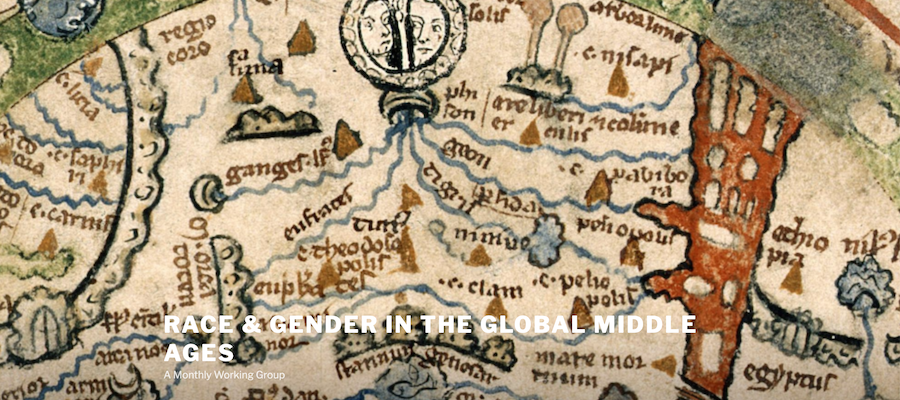Everyday Human Trafficking: Hemispheric Reach, Local Intensity, Race & Gender in the Global Middle Ages Working Group Meeting with Craig Perry (Emory University), September 22, 2023, 12:00–1:30 pm
This chapter mines the geniza corpus to make two arguments about the medieval slave trade. First, the trade in slaves was decentralized: individual buyers organized the transregional trafficking of individuals as one part of a larger mixed cargo of commodities, and traded within their own personal mercantile and family networks. I contend that this decentralized trade was a primary method of human trafficking that historians have overlooked. A medieval Middle Passage never existed; rather, epochal warfare and famine caused temporary pulses in the supply of slaves. Second, the center of gravity of the slave trade in Egypt was local, not transregional. Geniza and other contemporaneous sources show that many enslaved people changed owners several times during their lives and that sale was only one method by which Jews transferred enslaved property. Wedding dowries, gifts, and bequests were primary methods that households used to transfer enslaved people as both laborers and inter-generational wealth. Two additional claims emerge from these arguments. Though the slave trade to Egypt was transregional and included enslaved people from as far afield as India and Byzantium, the most intensively exploited regions for slave imports were Nubia and greater northeast Africa. A close reading of geniza documents alongside rabbinic writings also demonstrates the contingencies and ambiguities of racialization in the Middle Ages. All non-Muslim people outside Islamic territories were legally enslaveable. But Jewish sources reveal how Egyptians began to code “Black”-skinned people as “slaves” in their epistolary exchanges even though “Black” was not yet used as one of the many long-standing ethnic categories that scribes were required to note in bills of sale, such as Nubian, Byzantine, Indian, and Abyssinian.
Responder: Dr. Elizabeth Urban, West Chester University
Race & Gender in the Global Middle Ages is a working group open to all medievalists, including graduate students. The aim is to bring together scholars from various disciplines who work on Africa, the Mongols and Asia, the Islamic world, and Europe and the Mediterranean, to discuss works-in-progress that deal with race and gender from 500 CE to 1600 CE.
Monthly Zoom meetings will discuss pre-circulated drafts of book chapters, articles, position pieces, or a reading that is of interest to the group. Presenters will give a brief 5-minute introduction to their work and a designated responder will begin the discussion with a few questions before opening it up to the rest of the group.
The group is organized by Michelle Armstrong-Partida, Associate Professor of History at Emory University whose research focuses on gender, sexuality, and women’s history in Iberia and the Mediterranean. This program is sponsored in part by the Medieval Academy of America.
SCHEDULE OF FALL MEETINGS & PRESENTERS
Please register for the group email list to receive a link to meetings or to express your interest in presenting a work in-progress.
